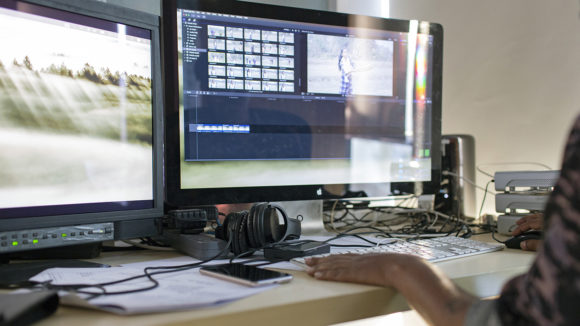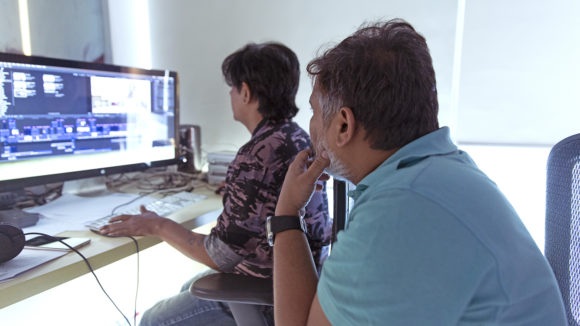Five steps to shifting journalists’ – and the public’s – attitudes to disability
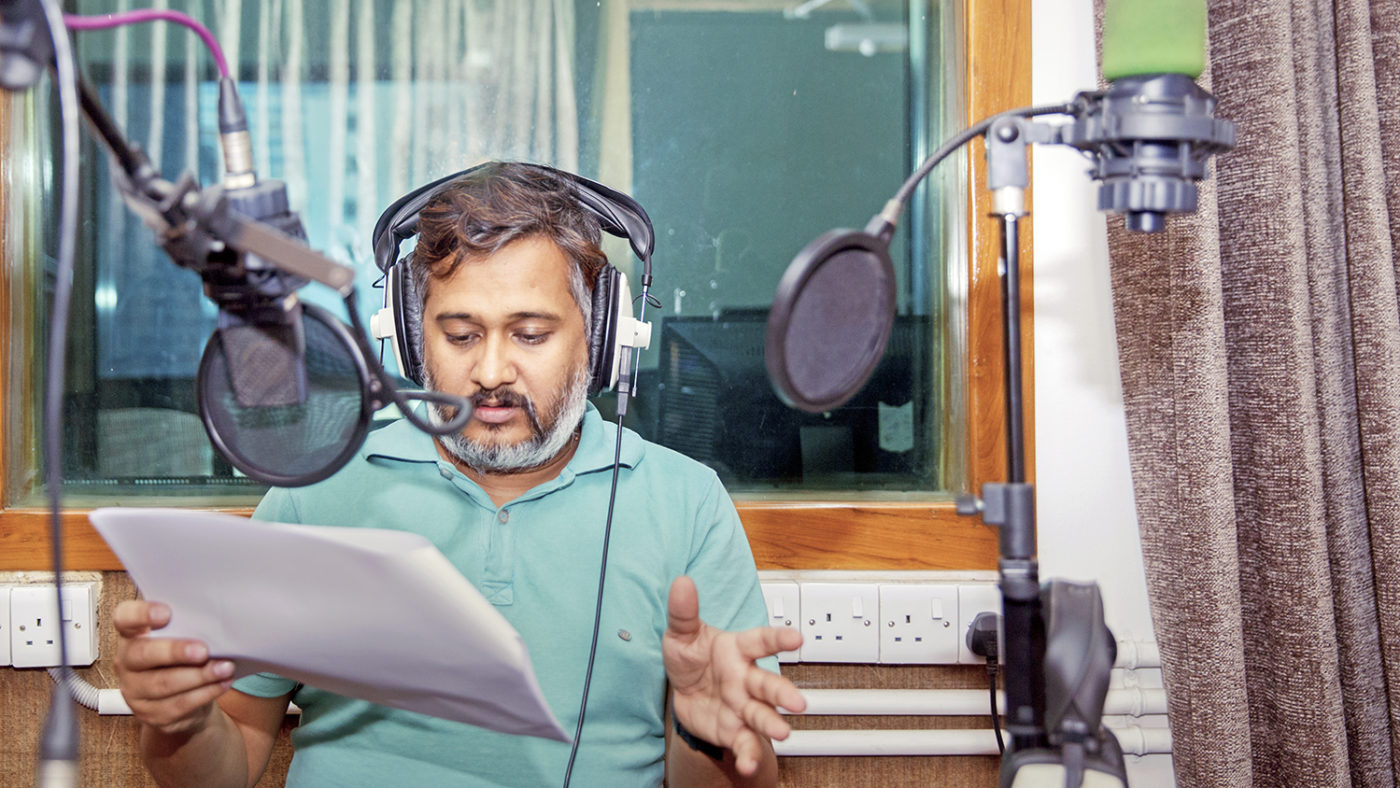
“We are really proud of what we have achieved through this project,” says Bishawjit Das, production manager at BBC Media Action in Bangladesh. “We have seen the difference it has made to the media landscape in Bangladesh.”
Inclusive Futures partner BBC Media Action trained 150 journalists in five districts in Bangladesh to improve how people with disabilities are portrayed in the media, and tackle negative stereotyping towards people with disabilities.
Here are their steps to help transform attitudes to disability.
BBC Media Action
The BBC’s international charity is delivering communication projects to challenge stigma and improve knowledge of disability rights.
About BBC Media ActionStep 1: Assess media professionals’ levels of understanding about disability
When we started this project, we didn’t have any experience working in this area, especially on how to portray people with disabilities in the media.
We began by talking to journalists, trying to understand what perspectives they had about people with disabilities, and looking at how they portrayed them in their stories for print, online media or television. We visited journalists in two cities in Bangladesh (Dhaka and Chittagong) and three districts (Ghazipur, Khulna and Narsingdi). We chose to focus on these areas because they have higher populations of people with disabilities.
The other thing we looked at is storytelling: the syntax, words and language that are used in the media to talk about people with disabilities.
For example, we found that journalists had little knowledge about the CRPD or the law that exists in Bangladesh to ensure that people with disabilities have equal rights like anyone else. The journalists we spoke to were surprised to hear they could be penalised for portraying people with disabilities in a negative way.
“We found journalists had little knowledge about the equal rights laws that exist in Bangladesh.”
Step 2: Develop training that can be easily applied to local contexts and ways of working
We used what we learned to develop two-day training workshops for journalists from mainstream media organisations. We designed the workshops in a way that was relevant to their ways of working and how they produce reports. We also tailored our training to the different districts and the local context.
Reporters from the capital, Dhaka, for example, have different perspectives to journalists from other districts. The context they work in and the issues they cover are often different. So we picked out examples of the kinds of stories covered in those districts and then worked with journalists in the training sessions on how to apply good practice to their work.
We gave them different scenarios and asked: how would you portray this kind of story? How would you include stories about people with disabilities in your regular, everyday stories – about the economy, infrastructure, or politics – because currently, they’re missing. By making the training relevant to the journalists and their work, it was much more effective.
Step 3: Include people with disabilities
In the beginning, we were often challenged by journalists about the guidance we were giving and whether it reflected the views of people with disabilities. So we began inviting activists or experts from organisations of people with disabilities (OPDs) to explain how they wanted to be addressed and portrayed. Wherever we go and whenever we talk about inclusion now, we include people with disabilities.
We also realised that many of us that work in the media didn’t have any first-hand experience of talking to or meeting people with different disabilities. Through the training, we gave journalists the opportunity to talk face-to-face and hear first-hand how they should approach interviewing people with different disabilities.
“We invited disability activists or experts to explain how they wanted to be portrayed.”
Step 4: Provide consistent mentoring support
After the training sessions, we asked the journalists to cover as many stories as they could and provided them with mentoring support. Whenever they needed any kind of support, they could call us – 24/7. They would ask us to check their stories, to check if they were using the right words or if they were approaching stories from the right angle, and we would offer them feedback and suggestions.
We expected possibly 20 or 30 stories to come from the project. We actually received more than 200. The media journalists we trained are still producing great stories and including people with disabilities in their work, and we are still in contact with them.
Step 5: Take on the big media houses
Reporters are just one part of the media landscape, and we were only able to reach journalists in five districts. We also need to reach the editors, the TV directors, the technicians and the camera crews to tackle stigma and discrimination of people with disabilities in the media.
Each media house should have a policy on disability inclusion. The leading media houses are the trendsetters, so it’s important that they take the initiative. Once the trend is set, others will follow. And it’s not just print and television we need to focus on, but digital media as well.
We learned a lot from our initial project. Now we know what works and who to approach. And the need to address these issues is still there. It’s estimated that around 10 per cent of people in Bangladesh have a disability. That’s a large percentage of the population, which really needs attention. And there is no doubt that the media can play an important role in reaching those people and changing public attitudes on disability.
“The leading media houses are the trendsetters, so it’s important that they take the initiative.”
More news and opinions
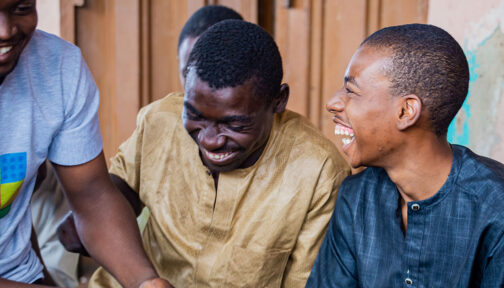
Global Disability Summit 2025: Closing the gap between disability inclusion and development
Inclusive Futures is attending the summit in Berlin on 2-3 April. Visit our booth or attend our panel event to connect with us and learn more about our programme insights.
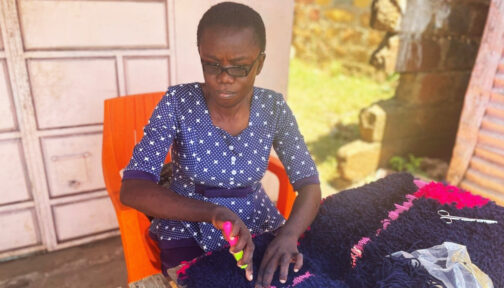
Sense International wins prestigious Zero Project award for its work with entrepreneurs with disabilities
Sense International has won a 2025 Zero Project Award for empowering individuals with deafblindness and complex disabilities in Kenya to build successful businesses and achieve financial independence.
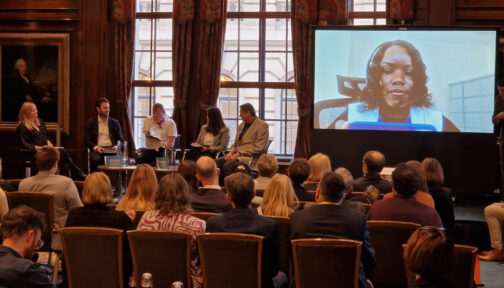
Driving change: launching the six principles for inclusive development
Inclusive Futures and the UK Foreign, Commonwealth & Development Office marked International Day of People with Disabilities by jointly hosting an event to launch the six principles for inclusive development.
